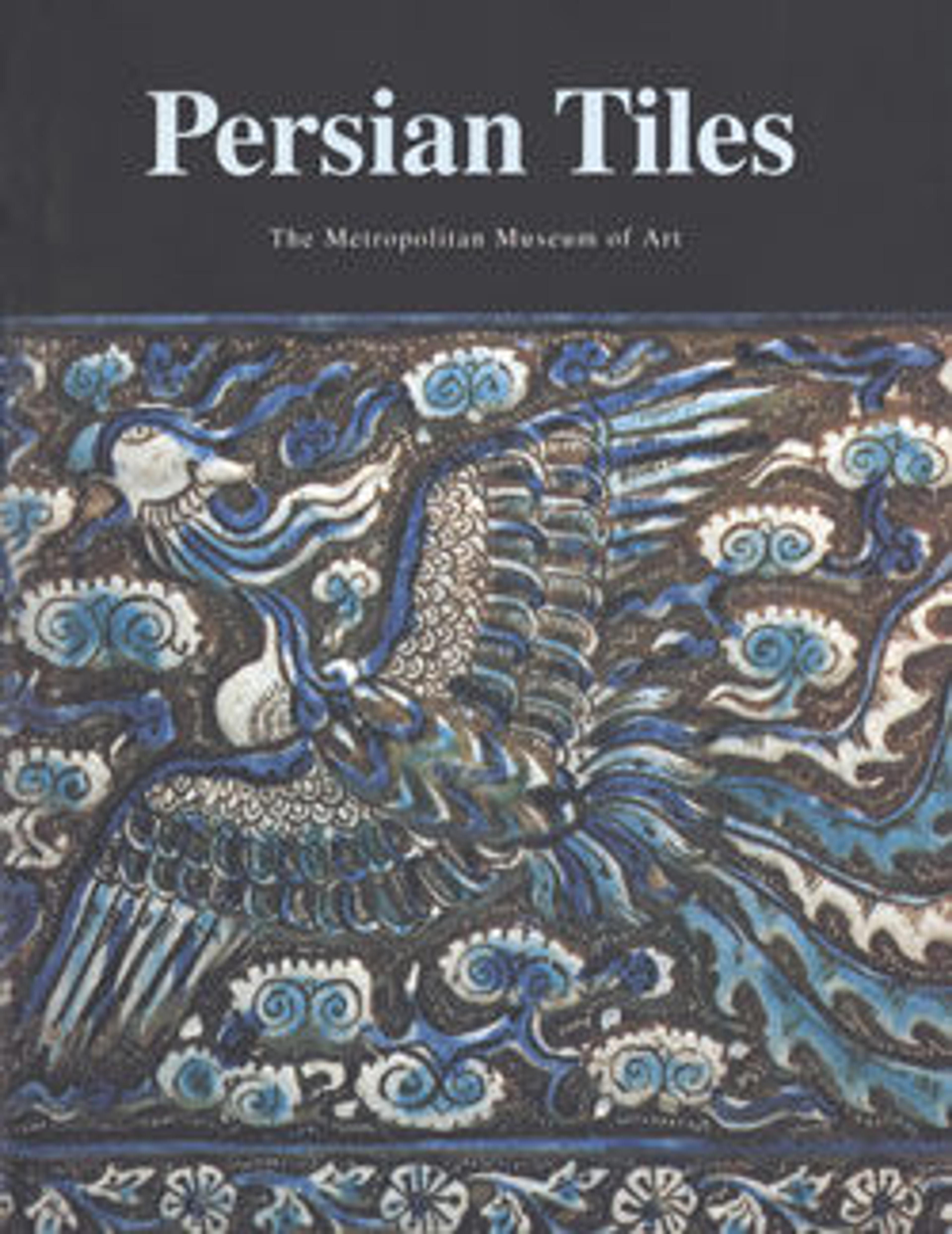Fragment of a Glazed Tile Inscription
This fragment, which includes three letters of the word "Allah," would have been part of a long horizontal band forming part of the decoration on the facade of a presumably religious building. Glazed tiles, especially in light or turquoise blue, were readily available from cobalt deposits in Iran and became popular in this region as early as the twelfth century, gradually replacing carved stucco as the favored medium for architectural decoration.
Artwork Details
- Title: Fragment of a Glazed Tile Inscription
- Date: 12th–13th century
- Geography: Attributed to Iran, Nishapur. Excavated in Iran, Nishapur
- Medium: Stonepaste; carved decoration under opaque monochrome glaze
- Dimensions: H. 11 in. (27.9 cm)
W. 10 in. (25.4 cm) - Classification: Ceramics-Tiles
- Credit Line: Rogers Fund, 1937
- Object Number: 37.40.24
- Curatorial Department: Islamic Art
More Artwork
Research Resources
The Met provides unparalleled resources for research and welcomes an international community of students and scholars. The Met's Open Access API is where creators and researchers can connect to the The Met collection. Open Access data and public domain images are available for unrestricted commercial and noncommercial use without permission or fee.
To request images under copyright and other restrictions, please use this Image Request form.
Feedback
We continue to research and examine historical and cultural context for objects in The Met collection. If you have comments or questions about this object record, please contact us using the form below. The Museum looks forward to receiving your comments.
